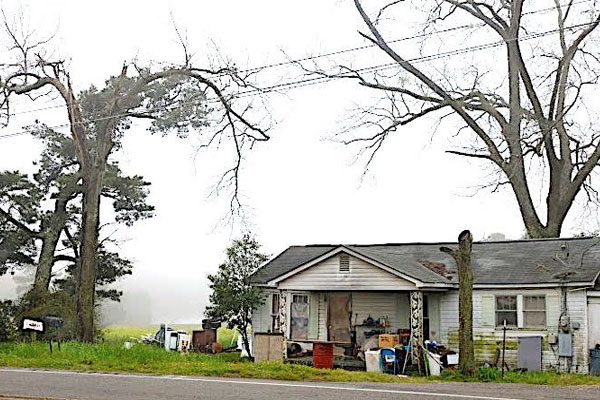AMERICANS NEED HELP –
Aug. 22, 2021 – Hollywood execs took notice of these trends and began to invest in America’s newest pain points, with Emmy-winning TV series like Breaking Bad and Hulu’s Dopesick reinforcing the disingenuous trope of the opioid crisis as a white crisis.
Yet, while America has finally digested the idea that “hard” drug users can be white, the real, not-so-new face of addiction is a Black one. But it’s not the Black drug users you’ve seen on The Wire, or likely anywhere else on screen. The new face is rural Black people. Ones who work as farmers and landscapers. Ones who live in communities where dollar stores serve as the center of commerce and community. Once viewed through a very narrow—and racialized—lens, the drug-using population in America has become more of a melting pot than America itself—eclectic and deeply and often precariously interconnected.
While rural areas in the Deep South have always had large Black populations owning to its centrality in the slave trade, in the last two decades, other rural communities in the U.S., particularly the Midwest and Northeast, have been diversifying. Nearly a quarter of rural Americans now identify as people of color. In part due to the clunky and inconsistent ways that the federal government defines “rural,” the rural Black drug user has largely been invisible to researchers and interventionists. And it’s not just opioids like heroin afflicting the population, but stimulants like crack and methamphetamine (usually seen as a “white drug”), which are cheaper and prolong highs.



